
|
You entered: universe
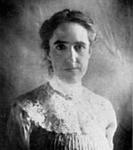 Henrietta Leavitt Calibrates the Stars
Henrietta Leavitt Calibrates the Stars
26.10.1998
Humanity's understanding of the relative brightness and variability of stars was revolutionized by the work of Henrietta Swan Leavitt (1868-1921). Working at Harvard College Observatory, Leavitt precisely calibrated the photographic magnitudes of 47 stars to which all other stars could be compared.
 Distant Galaxies
Distant Galaxies
7.09.1995
This Hubble Space Telescope image of a group of faint galaxies "far, far away" is a snap shot of the Universe when it was young. The bluish, irregularly shaped galaxies revealed in the image are up to eight billion light years away and seem to have commonly undergone galaxy collisions and bursts of star formation.
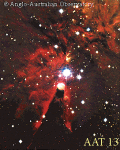 A Mysterious Cone Nebula
A Mysterious Cone Nebula
29.02.1996
Sometimes the simplest shapes are the hardest to explain. For example, the origin of the mysterious cone-shaped region located just below the center of the above picture remains a mystery. The dark region clearly contains much dust which blocks light from the emission nebula and open cluster NGC 2264 behind it.
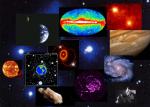 APOD is Six Years Old Today
APOD is Six Years Old Today
16.06.2001
Welcome to the seventh year of Astronomy Picture of the Day (APOD). Editors Robert Nemiroff and Jerry Bonnell are extremely grateful for the continued large volume of gracious e-mail and APOD submissions (and also for the "occasional" critical note!). Today we would like to offer a very sincere thank you to all.
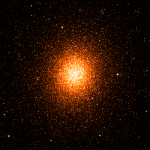 Millions of Stars in Omega Centauri
Millions of Stars in Omega Centauri
20.02.1996
Pictured above is the largest ball of stars in our Galaxy. About 10 million stars orbit the center of this globular cluster - named Omega Centauri - as this giant globular cluster orbits the center of our Galaxy.
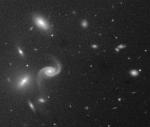 A Peculiar Cluster of Galaxies
A Peculiar Cluster of Galaxies
29.09.1998
Far across the universe, an unusual cluster of galaxies has been evolving. A diverse group of galaxies populate this cluster, including, on the left, an unusual galaxy showing an equatorial polar ring and a large spiral. Above looms a large elliptical galaxy.
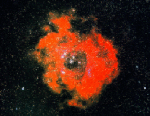 NGC 2237: The Rosette Nebula
NGC 2237: The Rosette Nebula
13.02.1996
Would the Rosette nebula by any other name look as sweet? The bland New General Catalog designation of NGC 2237 doesn't appear to diminish the appearance of the this flowery emission nebula. Inside the nebula lies an open cluster of bright young stars designated NGC 2244.
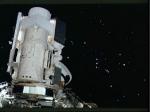 Astro 1 In Orbit
Astro 1 In Orbit
19.02.1999
In December of 1990, the Space Shuttle Columbia carried an array of astronomical telescopes high above the Earth's obscuring atmosphere to observe the Universe at ultraviolet and x-ray wavelengths. The telescopes, known...
 Human as Spaceship
Human as Spaceship
17.08.2019
You are a spaceship soaring through the universe. So is your dog. We all carry with us trillions of microorganisms as we go through life. These multitudes of bacteria, fungi, and archaea have different DNA than you. Collectively called your microbiome, your shipmates outnumber your own cells.
 Astro 1 In Orbit
Astro 1 In Orbit
17.08.1997
In December of 1990, the Space Shuttle Columbia carried an array of astronomical telescopes high above the Earth's obscuring atmosphere to observe the Universe at ultraviolet and x-ray wavelengths. The telescopes, known...
|
January February March April May June July |
|||||||||||||||||||||||||||||||||||||||||||||||||